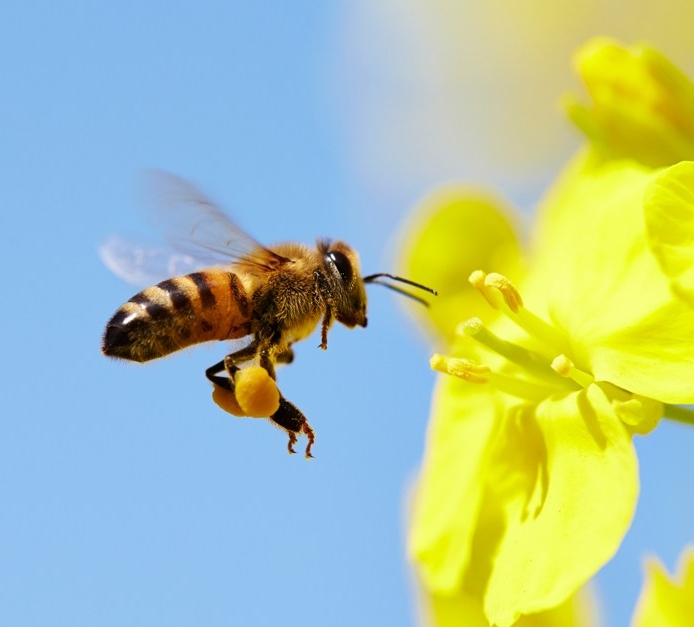Recommended materials:
different types of soap (dish soap, hand soap, bubble bath, etc.), glycerin or corn syrup, items to make bubble wands (pipe cleaners, straws, etc.), measuring tools (cups, spoons, droppers, etc.), stopwatch (or smartphone app), distilled water, containers like cups or empty bubble solution bottles for students to test and keep their solutions.
Description:
Blowing bubbles may seem like a simple or childish pastime. However, blowing a bubble is packed with STEM concepts from physics to geometry to art (with that STEM becomes STEAM!). The lessons provided above allow teachers to take this activity in many directions to suit their instructional needs. For an engineering route, set up design challenges for the bubble wand and the solution. For a math route, study shapes, ratios or volume calculations. For a physics or chemistry route, experiment with air speed, solutions, surface tension and more.
Tips:
If glycerin is difficult to find, corn syrup can be used instead. Also, your local dollar store may carry small bubble containers with wands as party or wedding favors, which make great containers to store students' final solutions.
NGSS alignment:
1. Asking questions (for science) and defining problems (for engineering) 2. Developing and using models 3. Planning and carrying out investigations 4. Analyzing and interpreting data 5. Using mathematics and computational thinking 6. Constructing explanations (for science) and designing solutions (for engineering) 7. Engaging in argument from evidence 8. Obtaining, evaluating, and communicating information









